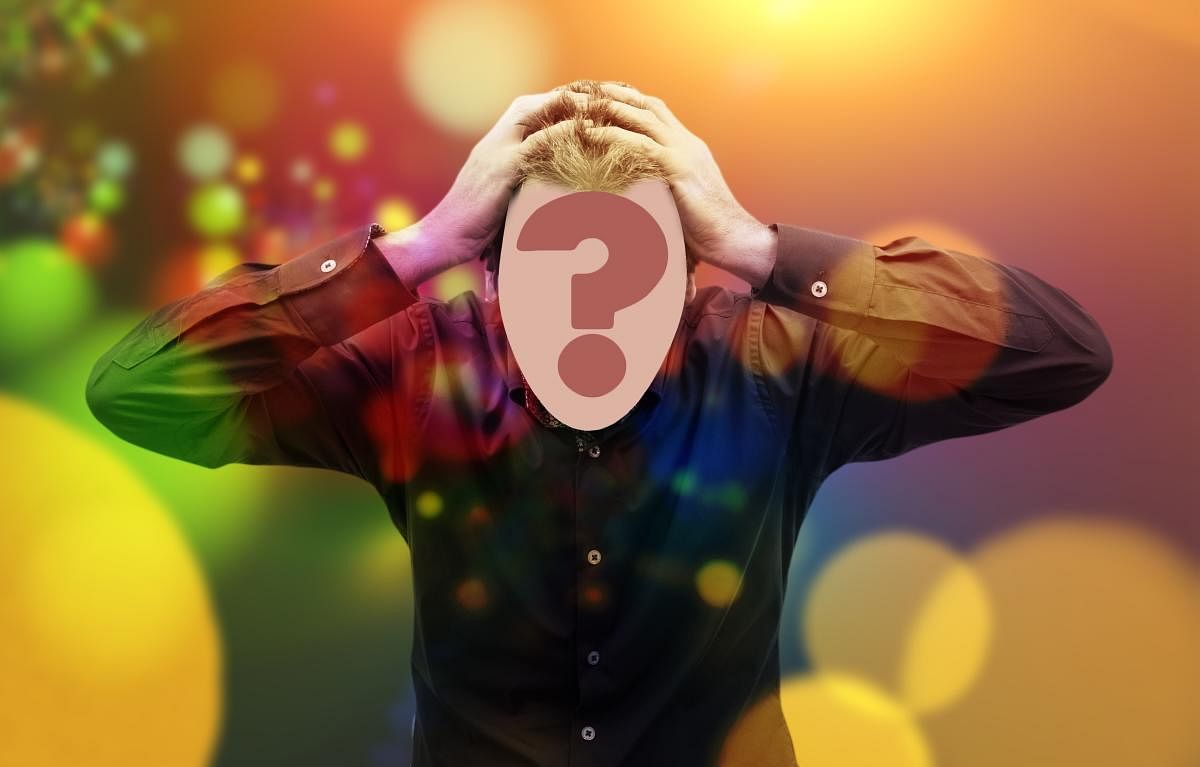
“It was the best of times, it was the worst of times, it was the age of wisdom, it was the age of foolishness, it was the epoch of belief, it was the epoch of incredulity, it was the season of light, it was the season of darkness, it was the spring of hope, it was the winter of despair.” These immortal and iconic words of Charles Dickens, in his magnum opus, A Tale of Two Cities, summarise the state of mind of a person having a complex neuropsychiatric disorder called bipolar disorder. Every year, March 30 is celebrated as World Bipolar Day in memory of Vincent van Gogh, a Dutch painter and an influential Post-Impressionist figure in Western art history, who was posthumously diagnosed to have bipolar disorder.
Bipolar disorder, previously referred to as manic-depressive illness, is characterised by dramatic shifts in mood, energy, and activity levels that affect a person’s ability to carry out day-to-day tasks. These shifts in mood and energy levels are more severe than the normal ups and downs that are experienced by everyone. Manic depressive illness (MDI) was defined by Emil Kraepelin in 1898, and was characterised by recurrent mood episodes of any kind, either depression or mania.
The current definition differs from the Kraepelinian one, and in that, bipolar disorder is said to have both depression and mania. Persons with bipolar I disorder have both mania and depression while persons with bipolar II disorder have depression and hypomania.
People with bipolar disorder experience intense emotional states that occur during distinct periods of days to weeks, and these are called mood episodes. During these mood episodes, affected persons may be abnormally happy, irritable, excited or sad. These episodes are interspersed with periods of neutral mood as well, and this normal mood state is called euthymia. Mood episodes in bipolar disorder are frequently accompanied by a varying degree of behavioural change, disrupting daily routines, social interactions, and interpersonal relationships. People without bipolar disorder experience mood fluctuations that typically last for hours than days, and these are not accompanied by an extreme degree of behavioural change or socio-occupational dysfunction.
Clinical features
Manic episode: A manic episode is a period of at least one week wherein a person is extremely high-spirited or irritable most of the day for most days, possesses more energy than usual, and experiences at least three of the following behavioural changes:
Inflated sense of self-esteem
Grandiose beliefs
Decreased need for sleep (e.g., feeling energetic despite significantly less sleep than usual)
Increased or faster speech
Racing thoughts or quickly changing ideas or topics while speaking
Distractibility
Increased activity (e.g., restlessness, working on several projects at
once)
Increased risk-taking behaviour (e.g., reckless driving, reckless sex,
spending sprees)
These behaviours should represent a change from the person’s usual behaviour, and must be severe enough to cause disruption in the work, family and social spheres. Some people with mania can also have disorganised thinking, false beliefs, and hallucinations.
Hypomanic episode: A hypomanic episode is characterised by less severe manic symptoms that last less than four days in a row rather than a week. More importantly, these symptoms are not severe enough to require hospitalisation as they do not disrupt the person’s socio-occupational functioning.
Major depressive episode: A major depressive episode is a period of at least two weeks in which a person has at least five of the following symptoms (including at least one of the first two symptoms):
Intense sadness or despair.
Loss of interest in activities the person once enjoyed (anhedonia).
Feelings of worthlessness or guilt.
Increased or decreased appetite.
Restlessness (e.g., pacing) or slowed speech or movement.
Difficulty concentrating.
Frequent thoughts about death or suicide.
Bipolar disorder symptoms commonly improve with treatment. Medication is the cornerstone of bipolar disorder treatment, although talk therapy can help persons learn about their illness, increase their adherence to medications, and consequently prevent future mood episodes. Medications known as ‘mood stabilisers’ (e.g., lithium) and dopamine-receptor blockers (DRBs) (e.g., risperidone) are the most commonly prescribed type of medications for bipolar disorder. These medications are thought to correct imbalanced brain signalling. Since bipolar disorder is a chronic illness with frequent recurrences, ongoing preventive treatment is recommended. Psychiatrists frequently individualise the treatment.
(The author is a mental wellness expert & senior consultant psychiatrist.)